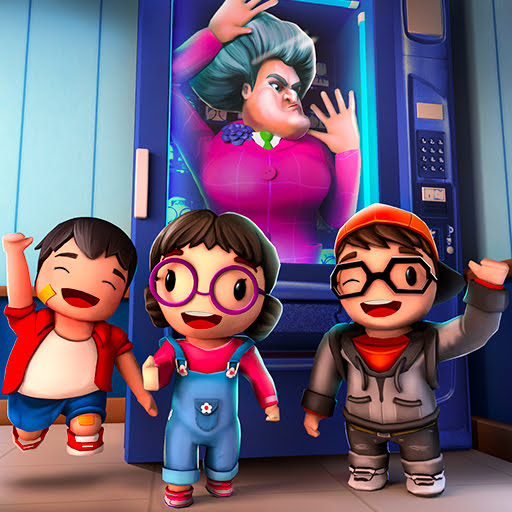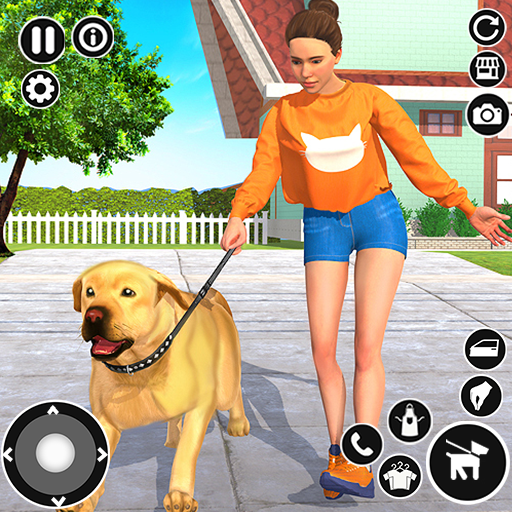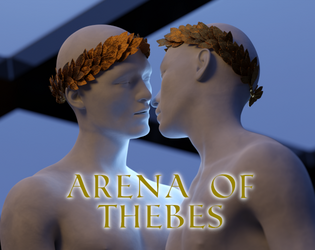Google’s newly launched AI video generation tool, Veo 3, is pushing the boundaries of synthetic media with its ability to produce highly realistic gameplay clips—some of which closely resemble actual Fortnite footage.
This advanced system, unveiled earlier this week, has already sparked significant discussion due to its impressive capability to generate life-like video sequences and synchronized audio from simple text prompts. While other generative AI platforms like OpenAI's Sora have demonstrated similar feats, Veo 3 distinguishes itself with its remarkably natural-sounding voice synthesis—an innovation that feels both groundbreaking and unsettling.
Early adopters are still exploring the full scope of Veo 3’s capabilities, but within just two days of its release, users have already crafted convincing Fortnite gameplay clips featuring a virtual streamer narrating in real-time. The visual and audio fidelity is so high that, while casually browsing social media, these clips could easily be mistaken for authentic content from YouTube or Twitch.
Although Veo 3 is not explicitly designed to reproduce copyrighted material—and it’s safe to assume Epic Games had no involvement in its creation—it’s evident the model was trained on vast quantities of publicly available Fortnite gameplay footage. This access enables the AI to replicate the game world convincingly upon command.
One example shows a fake streamer celebrating a victory royale using only their pickaxe. The prompt used? Just nine words: “Streamer getting a victory royale with just his pickaxe.”
Uhhh... I don't think Veo 3 is supposed to be generating Fortnite gameplay pic.twitter.com/bWKruQ5Nox
— Matt Shumer (@mattshumer_) May 21, 2025
Notably, the prompt does not directly reference Fortnite, yet the AI accurately interprets the context and delivers a result that aligns with the expected visuals and mechanics of the game.
These developments raise more than just copyright concerns—they bring ethical and societal implications to the forefront. As AI-generated videos become increasingly indistinguishable from real footage, the potential for misuse in spreading disinformation grows significantly, eroding public trust in digital media.
Reactions online reflect this concern:
“I can not tell if this is real or not,” one person commented.
Another simply replied: “We're cooked.”
A third user speculated, “The only way this is possible is if Veo 3 was trained on an enormous amount of Fortnite content. Wouldn’t be surprised if everything uploaded to YouTube is now being used for training, regardless of copyright laws.”
IGN has reached out to Epic Games for comment.
For those interested in seeing Veo 3 in action beyond gaming, here's a clip where the AI generates a fully synthetic news report about a fictional automobile trade show, complete with fabricated interview subjects responding to made-up questions.
Before you ask: yes, everything is AI here. The video and sound both coming from a single text prompt using #Veo3 by @GoogleDeepMind. Whoever is cooking the model, let him cook! Congrats @Totemko and the team for the Google I/O live stream and the new Veo site!
— László Gaál (@laszlogaal) May 21, 2025
pic.twitter.com/sxZuvFU49s
Microsoft is also advancing in this space, recently showcasing early results from its Muse AI program, trained on extensive hours of Xbox gameplay footage from titles like Bleeding Edge. Xbox head Phil Spencer noted that Muse could potentially assist in ideating future games or even help preserve older titles.
However, the release of Muse-generated Quake 2 gameplay quickly reignited debates around the impact of AI on creative industries—particularly whether such tools could eventually replace human input or devalue creative labor.
Meanwhile, Fortnite itself has been experimenting with AI integrations. Just last week, the game introduced an interactive chat feature with Star Wars’ Darth Vader, powered by generative AI trained on the late James Earl Jones’ voice. Although officially licensed and previously used in Disney’s Obi-Wan Kenobi series, the move still drew criticism and led to an unfair labor practice complaint from SAG-AFTRA, highlighting ongoing tensions between AI innovation and creative rights.

























![City Devil: Restart [v0.2]](https://img.icssh.com/uploads/38/1719554737667e52b102f12.jpg)


